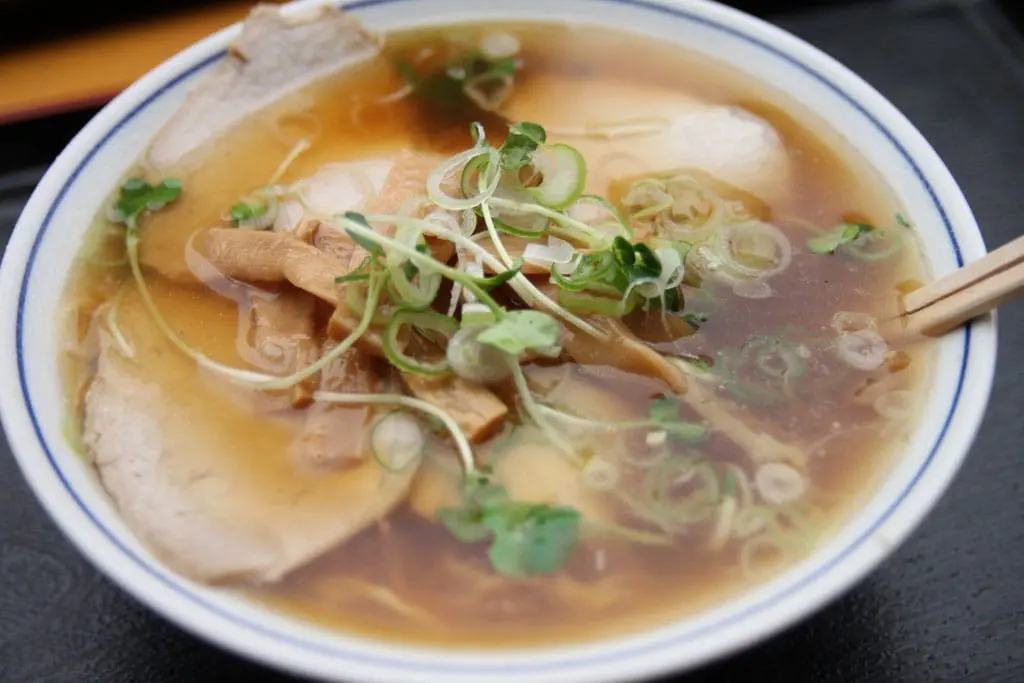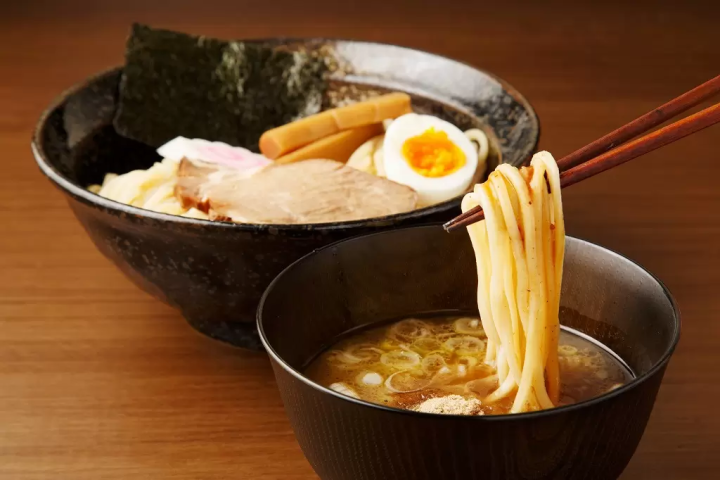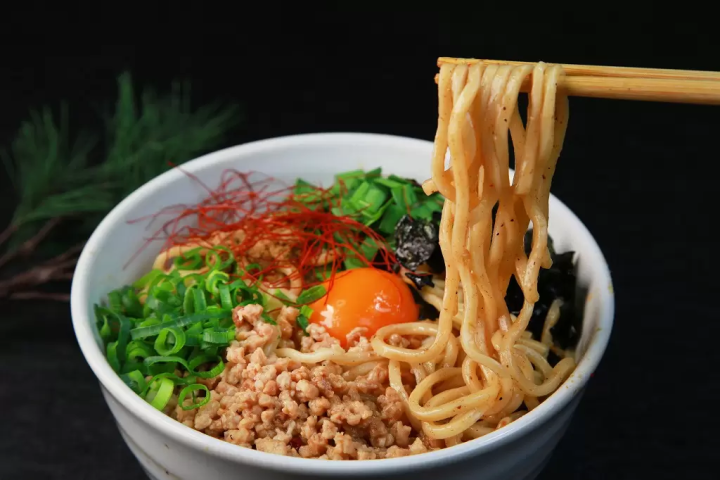Ramen, Tsukemen, and Soba Noodles: What Is the Difference?

Ramen has evolved a lot since having been introduced in Japan from China. Read on to find out about the differences between ramen and its derivatives - tsukemen and abura soba noodles.
Ramen is a fairly well-recognized Japanese food. Although it originally came from China, it has been loved by many over the ages in Japan and has evolved into a distinct dish entirely.
Tsukemen and abura soba (oiled soba noodles) are both dishes that derive from ramen.
Here, we'll explain the characteristics and differences between the very similar ramen, tsukemen, and abura (maze) soba.
What is Ramen?

The main feature of ramen is the fact that the noodles are soaked in soup.
Originally, this dish was mainly made with thin, small noodles, but recently thick noodles which help to bring out the flavor of the wheat are popular now. There are many types of soup bases to choose from such as: soy sauce, salt, miso, pork bone broth, and spicy ones, to name just a few. Different types of noodles may also be used depending on the soup that is being used.
There are many other Japanese dishes that are quite similar to rāmen, namely udon, soba, tanmen, and champon. It might be difficult for people who are not that familiar with Japanese cuisine to be able to tell all these dishes apart. Your best bet is to check the menu.
Rāmen has many fans around the world because you can enjoy the soup as well as the noodles, which have soaked up the flavor of the soup.
What is Tsukemen?

Photo by Pixta
The main difference between tsukemen and ramen is that the soup and the noodles are served separately in tsukemen.
As the noodles and the soup are served separately, it's easier to get a good taste of the noodles. Also, after being boiled, the noodles are run under cold water to firm them up, so they have a different texture than those of rāmen.
In the case of tsukemen, you dip the noodles into the topping-filled soup. The noodles are thick, and you choose the amount of noodles you like.
In general, the thick tsukemen soup has a rich soy sauce base, making it possible to taste both the acidity and sweetness of the sauce, though there are some restaurants that have their own unique soups.
Tsukemen is typically eaten by dipping the cold noodles into the hot soup, but you can also try eating the noodles using the popular atsumori (warm noodles) style.
Finally, to finish off your dish, you add soup wari, an extra broth that you may either have on the table or ask the staff to bring you. This extra soup stock is used to thin down and warm the soup base, making it easier to drink once the noodles and toppings have been eaten.
What is Abura Soba?

Photo by Pixta
Abura soba (also called "maze soba") features a thick "sauce" in place of the soup, which is what sets it apart fromrāmen. Although they are essentially the same thing, the soba with a larger amount of ingredients is labeled as maze soba.
There's a little bit of sauce at the bottom of the bowl, beneath all the noodles and toppings. The thick sauce is made with soy sauce and lard; if you would like more sauce for your dish, then you can add vinegar or spicy sesame oil (ra-yu), to increase the volume and adjust the flavor. Then mix all the ingredients and the noodles together, and enjoy!
This is the official account of MATCHA's editorial department. Our articles feature useful travel information for visitors to Japan, from how-to guides to recommended places to visit.








































![[Yamanashi/ Hokuto City] 4 Hot New Spots Opening in 2026](https://resources.matcha-jp.com/resize/720x2000/2025/12/12-252747.webp)

![[Reopening in March 2026] Ikoma Sanjo Amusement Park Park, 45 minutes from Osaka , with free admission](https://resources.matcha-jp.com/resize/720x2000/2024/08/28-194409.webp)
![[Gunma] 5 recommended gourmet foods at Kawaba Denen Plaza Roadside Station!](https://resources.matcha-jp.com/resize/720x2000/2025/02/26-225970.webp)
![[Kanazawa] Enjoy the world of gold leaf to the fullest in the city with the highest production volume in Japan](https://resources.matcha-jp.com/resize/720x2000/2025/11/12-249564.webp)